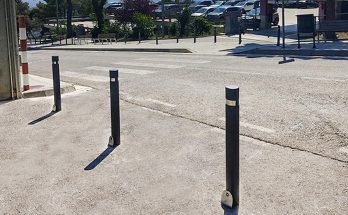Wireless access providers connect homes and businesses to the Internet using wireless, or radio connection technology, rather than using technologies such as coaxial cable (CM) or twisted copper paired telephone lines (DSL). Wireless providers can use mobile or fixed wireless technologies.
Generally, with fixed wireless technology, a computer, or network of computers, employs a radio link from the customer’s location to the service provider. This radio link is usually established between rooftop antennas in order for the radio link to have direct line of sight between the two antennas. These rooftop antennas are usually dish shaped antennas with a very narrow beam of connectivity to prevent interference. The antenna at the customer’s location is connected by a cable that runs between the rooftop antenna and the local transmitting and receiving radio equipment. This terminal radio equipment is then connected to the local computer network.
With mobile wireless Internet access, information is transmitted in basically the same way wireless phone calls are transmitted. When a consumer types information into his or her handheld wireless device, it is converted to radio waves. The radio waves travel through the air until they reach a receiver at a nearby base station. The base station then sends the information through the telephone network and Internet until it reaches its destination. When a consumer receives information through the Internet on the consumer’s wireless device, the data travels through the telephone network until it reaches a base station close to the consumer’s device. Then the base station sends out radio waves that are detected by a receiver in the consumer’s device.


